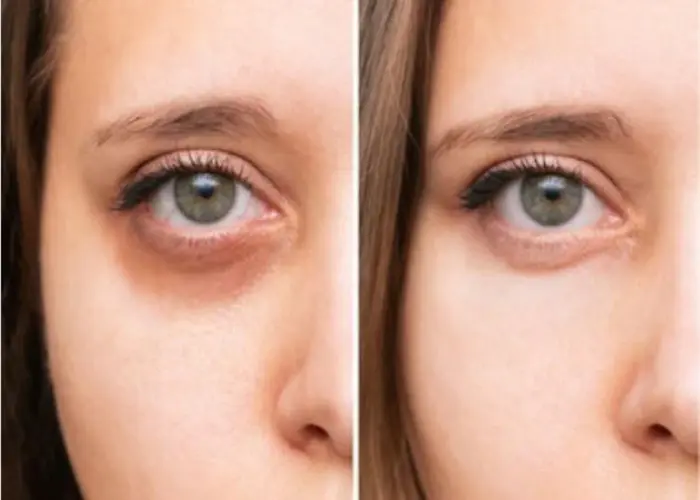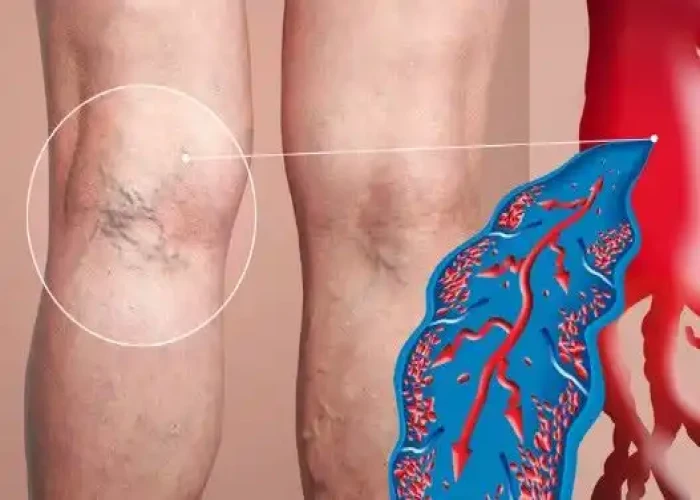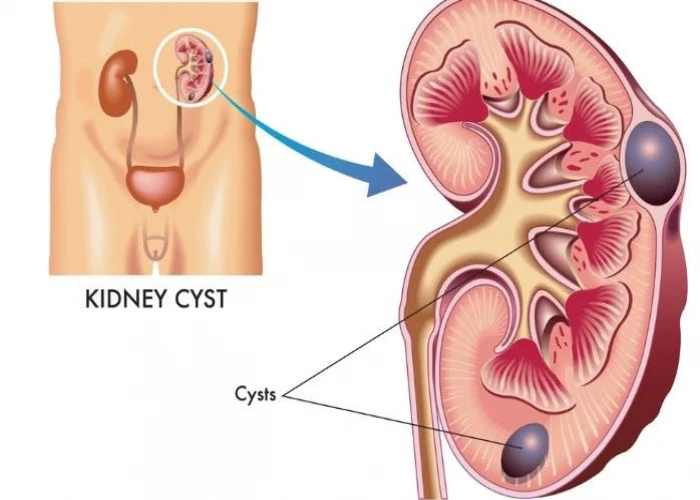 Welcome
Welcome
“May all be happy, may all be healed, may all be at peace and may no one ever suffer."
Oral lichen planus

Oral lichen planus is a chronic inflammatory condition that affects the lining of the mouth, gums, and tongue. It is characterized by the formation of small, flat-topped, white or reddish bumps or lesions, which may be painful or cause a burning sensation.
The exact cause of oral lichen planus is not known, but it is thought to be an autoimmune condition in which the body's immune system mistakenly attacks the cells of the oral mucosa. Risk factors may include genetic predisposition, certain medications, and other underlying autoimmune conditions.
Symptoms of oral lichen planus may include:
- Small, raised, flat-topped, white or reddish bumps or lesions
- Pain or burning sensation in the mouth
- Difficulty eating or swallowing
- Dry mouth
- Metallic taste in the mouth
Diagnosis of oral lichen planus may involve a physical examination of the mouth and a biopsy of the affected tissue. Treatment may involve topical or oral medications to reduce inflammation and pain, as well as management of any underlying conditions such as autoimmune disorders.
Oral lichen planus is a chronic condition that may persist for years, and it can increase the risk of developing oral cancer. It is important to have regular dental check-ups and to report any changes in the mouth to a healthcare provider.
Research Papers
Disease Signs and Symptoms
- Lacy, white, raised patches of tissues
- Red, swollen, tender patches of tissues
- lesions Inside of the cheeks, the most common location
- Wounds on tongue
- Oral lichen
- Sensitivity to hot, acidic or spicy foods
- Painful, thickened patches on the tongue
- Discomfort when speaking, chewing or swallowing
- Creamy white lesions on the tongue, inner cheeks, and sometimes on the roof of the mouth, gums and tonsils
Disease Causes
Oral lichen planus
It's not known what causes oral lichen planus. However, T lymphocytes — certain white blood cells involved in inflammation — appear to be activated in oral lichen planus. This could indicate an immune disorder, and genetic factors may be involved. But more research is needed to determine the exact cause.
It's possible that, in some people, oral lichen planus may be triggered by certain medications, mouth injury, infection or allergy-causing agents such as dental materials. Stress may be involved in symptoms becoming worse or recurring. However, these causes are not confirmed.
Disease Prevents
Disease Treatments
Oral lichen planus is a chronic condition. There is no cure, so the treatment focuses on helping severe lesions heal and reducing pain or other discomfort. Your doctor will monitor your condition to determine the appropriate treatment or stop treatment as necessary.
If you have no pain or discomfort and if only white, lacy lesions are present, you may not need any treatment. For more-severe symptoms, you may need one or more of the options below.
Symptomatic treatment
Treatments such as topical numbing agents can be used to provide temporary relief for areas that are particularly painful.
Corticosteroids
Corticosteroids may reduce inflammation related to oral lichen planus. One of these forms may be recommended:
- Topical. Mouthwash, ointment or gel is applied directly to the mucous membrane — the preferred method.
- Oral. Corticosteroids are taken as a pill for a limited amount of time.
- Injection. The medication is injected directly into the lesion.
Side effects vary, depending on the method of use. Talk with your doctor to weigh the potential benefits against possible side effects.
Immune response medicines
Medications that suppress or modify your body's immune response may be used to improve more-severe lesions and lessen pain. They come in these forms:
- Topical ointments or gels. Calcineurin inhibitors, similar to oral drugs used to prevent rejection of transplanted organs, may be effective for treating oral lichen planus. But these medications have a Food and Drug Administration warning because of an unclear association with cancer. Examples include tacrolimus (Protopic) and pimecrolimus (Elidel).
- Systemic medication. For severe cases where oral lichen planus also involves other areas — such as the scalp, genitalia or esophagus — systemic medications that suppress the immune system may be used.
The use of some medications, such as topical steroids, can lead to the overgrowth of yeast. During treatment, schedule regular follow-up visits with your primary care provider to check for secondary infections and receive treatment. Not treating secondary infections may worsen the condition.
Dealing with triggers
If your doctor suspects that oral lichen planus may be related to a trigger, such as a drug, an allergen or stress, he or she can recommend how to address the trigger. For example, you may be advised to try another drug instead, to see an allergist or dermatologist for additional testing, or to learn stress management techniques.
Disease Diagnoses
Disease Allopathic Generics
Disease Ayurvedic Generics
Disease Homeopathic Generics
Disease yoga
Oral lichen planus and Learn More about Diseases

Lobular carcinoma in situ (LCIS)

Salpingitis

Bags under eyes

Varicose veins

Amyotrophic lateral sclerosis (ALS)

Kidney cysts

TEN

Marfan syndrome
oral lichen planus, ওরাল লিকেন প্ল্যানাস
To be happy, beautiful, healthy, wealthy, hale and long-lived stay with DM3S.
